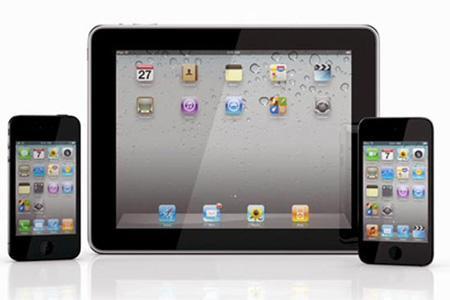
How to Detect Earthquakes Using Your Home Computer

Just as the computer program SETI@home lets the average person help in the search for extraterrestrial intelligence, now the public can help rapidly analyze earthquakes at home with the kinds of motion sensors now commonly found in laptops and smartphones.
A network of such devices has already helped monitor the massive 2010 earthquake in Chile and its aftershocks.
By detecting quakes using electronics many already own, volunteers can alert nearby populations regarding the approach of potentially damaging quakes, and by quickly measuring their power, they can help emergency personnel figure out where to go to aid victims, researchers said.
Using everyday tech
Normally scientists detect and measure earthquakes with extraordinarily sensitive instruments known as seismometers. However, these instruments are often few and far between, limiting how quickly researchers can detect quakes and how much data they can gather about them.
Increasingly, personal electronics have motion sensors within them known as accelerometers. For instance, laptops have them to detect if they are failing to prep their systems in ways that minimize hard drive damage, while iPhones, iPads and other smartphones and tablet computers have them to detect which way is up to align their displays to match.
Given how common and cheap accelerometers have become, scientists began the Quake-Catcher Network to take advantage of their ubiquity. With it, volunteers now have a place to relay data from quakes the accelerometers in their personal electronics pick up. Although these are less sensitive than proper seismometers, these accelerometers have the virtue of being commonplace. In fact, after initial development costs, the network's seismic data gathering system costs less than 1 percent of a traditional network of seismometers.
Sign up for the Live Science daily newsletter now
Get the world’s most fascinating discoveries delivered straight to your inbox.
"Nearly any modern computer can become a seismic station with an Internet connection and an accelerometer," researcher Angela Chung, a seismologist at Stanford University, told OurAmazingPlanet. "Right now we have 2,000 of these sensors in 67 countries."
At first, the researchers relied on accelerometers already in the home computers of volunteers. However, to work best, each device should be secured on the floor. Now volunteers are given accelerometers that can hook up to volunteer PCs via a standard USB cable.
"These are so much less expensive than a traditional seismometer, yet can provide some interesting data," Chung said. The USB accelerometers cost about $50 each, but schools can get them subsidized for just $5 each.
"These won't replace traditional seismometers, but hopefully they can work in conjunction with them," Chung said.
Quake-Catcher in action
In 2010, a magnitude 8.8 earthquake rocked Chile, and the Quake-Catcher Network had one accelerometer connected to a laptop that measured the event. Although it was not properly secured to the floor at the time, it was able to record more than two minutes of shaking. [In Images: Chile's Raised Coast ]
Afterward, a rapid follow-up program deployed 100 accelerometers all throughout the area in less than two weeks, recording many of the initial, significant aftershocks and rapidly estimating their locations and magnitudes.
Chung and her colleagues are now expanding the effort to another quake-prone area.
"Currently we're deploying these in the San Francisco Bay area we just put out 100 to 200 sensors in less than a week," Chung said. "We're hoping to get 500 in there in total. This is a great project with a lot of potential for growth."
The scientists detailed their findings in the July-August issue of the journal Seismological Research Letters.










